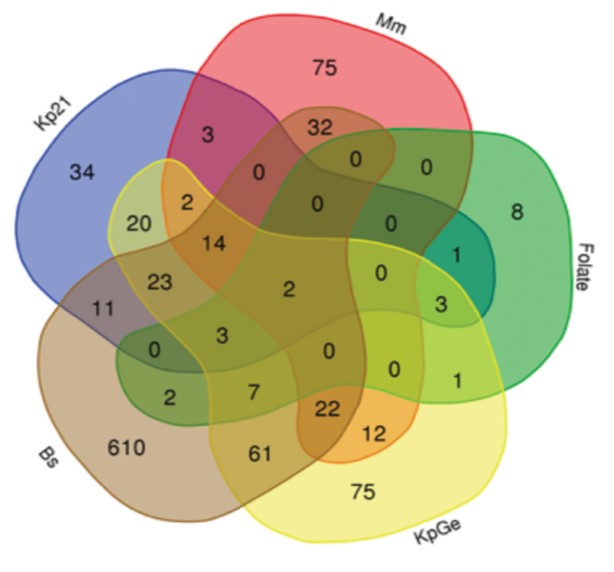Amoebae can recognize bacteria
To better understand infectious diseases, it is important to know how eukaryotic cells recognize bacteria. Amoebae are well-established model organisms to study bacteria recognition and killing. Like our white blood cells, they should be able to discriminate which bacteria they encounter to kill it efficiently, but such a recognition was not proven until now.
Amoebae express different genes according to the bacteria they meet
In their recent study published in frontiers in microbiology, researchers from the group of Prof. Pierre Cosson characterized under normal feeding conditions the genes expressed when an amoeba called Dictyostelium discoideum is exposed to different bacteria. Their experiments demonstrate that amoebae can recognize the bacteria they encounter. Each bacteria triggers a specific genetic signature.

Venn diagrams showing the number of expressed genes in the presence of various bacteria: K. pneumoniae non-pathogenic (KpGe) and pathogenic LM21 (Kp21) strains, B. subtilis (Bs), M. marinum (Mm), and folate. © Lamrabet et al. (CC BY 4.0)
What’s next?
The identified genetic signatures will allow the researchers from Pr. Pierre Cosson laboratory to study the mechanisms of bacterial recognition. They will now try to identify genes whose loss prevents Dictyostelium discoideum from recognizing bacteria.
20 Apr 2020
